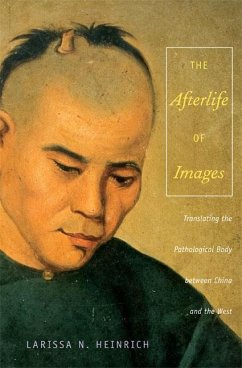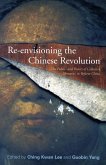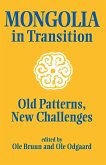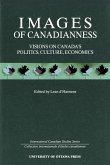"Larissa N. Heinrich deftly weaves a range of materials--including prints, painting, photography, and literature--into a fascinating narrative of the ways visual and linguistic tropes formed and reinforced certain eighteenth- and nineteenth-century Western understandings of China. Furthermore, she is attentive to the dialectics of the relationship, especially the way that Western knowledge and ways of seeing shaped certain Chinese concepts about China and its problems, especially in the latter half of the nineteenth century and the early twentieth."--Stanley K. Abe, author of "Ordinary Images"
Bitte wählen Sie Ihr Anliegen aus.
Rechnungen
Retourenschein anfordern
Bestellstatus
Storno








